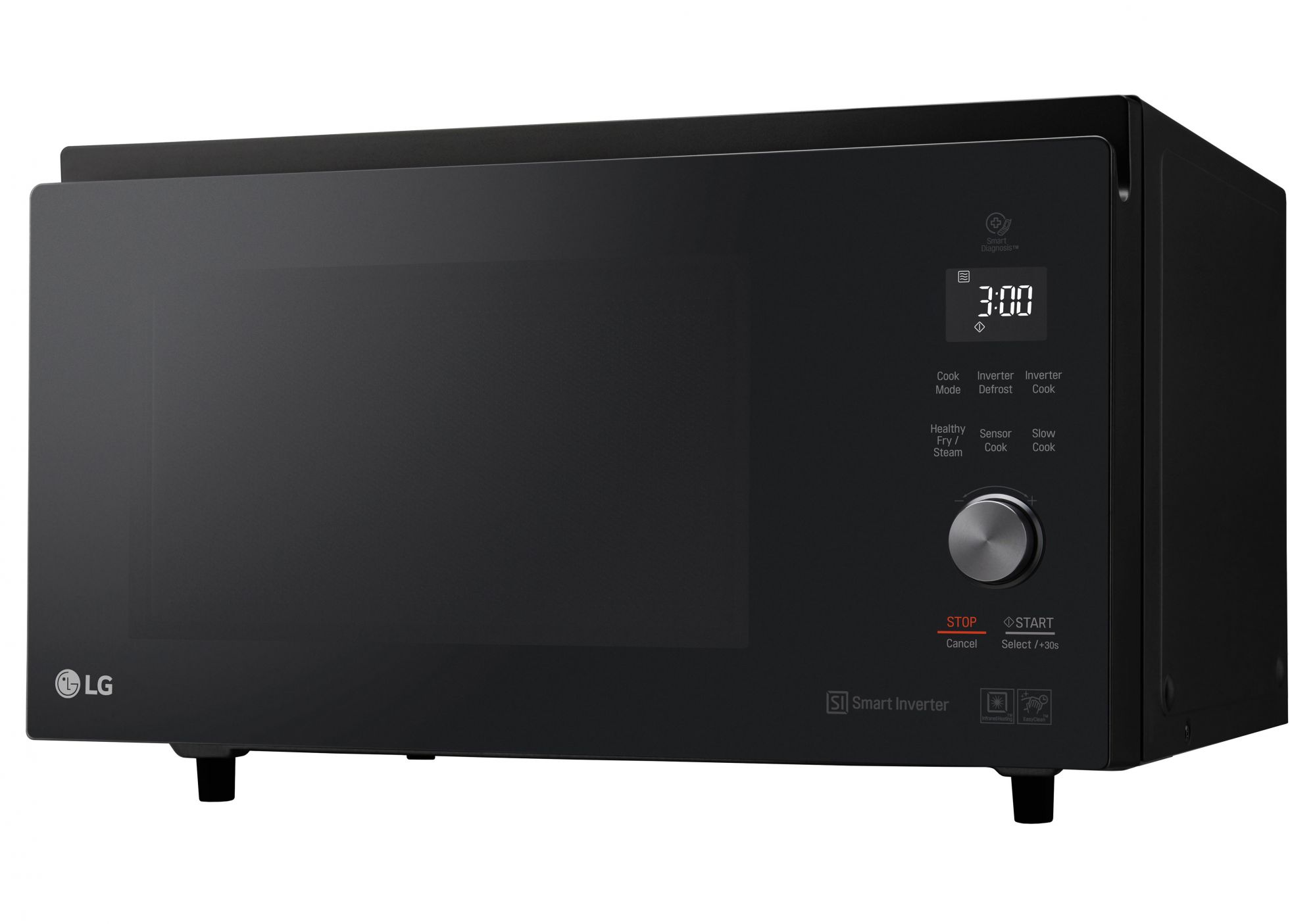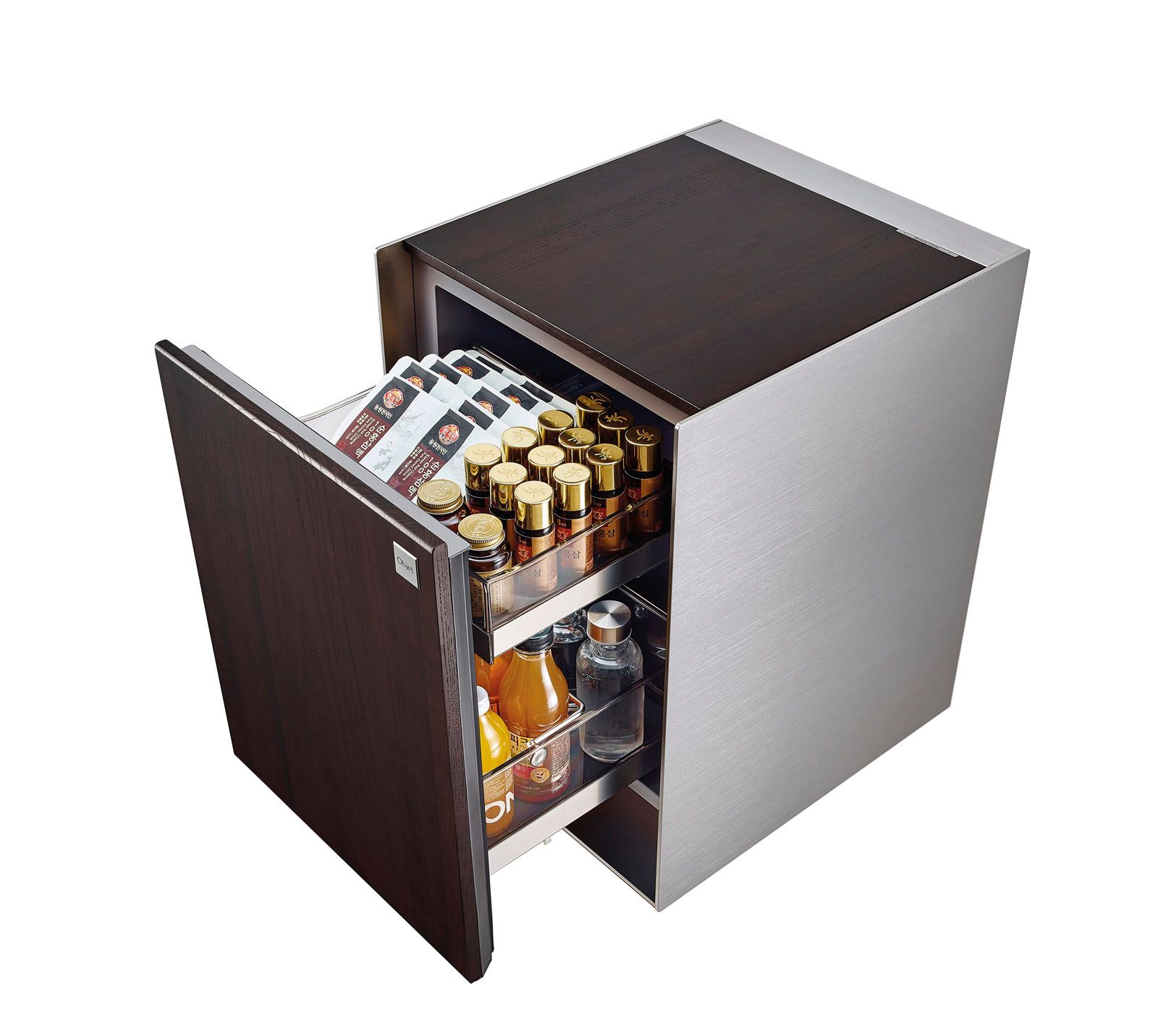What will future homes look like, as brands fervently compete to lead the smart home race? A visit to the headquarters and laboratories of LG Electronics in South Korea reveals what lies ahead
Perched on the top floor of a modern building in Changwon, a minimalist penthouse overlooks rows of factories and offices. Situated in South Korea’s manufacturing hub, the neighbourhood may not have the typical qualities a prospective homeowner would look for, but there are unique upsides to its location.
Housed within the research and development (R&D) centre of LG Electronics, this spacious apartment features cutting-edge appliances from the South Korean conglomerate, showcasing its latest novelties as well as products that have yet to reach the market. Be it LG’s rotund Cloi robot assistants, smart laundry appliances or home entertainment systems that are incorporated into furniture, this apartment is furnished with state-of-the-art devices that look sleek while performing a wide variety of functions.
As is evident in this stylish penthouse, smart home systems have been rapidly transforming the ways in which appliances are manufactured—from what we saw during our visit, this marks just the beginning.
(Related: The Smart Devices From CES 2019 That We Want In Our Homes)

To understand how this electronics giant came to where it is today, we look back at its early years. “Lucky Chem” Lak Hui Chemical Industrial Corp (known as LG Chem today) started Gold Star (now LG Electronics), an electrical machinery company, in 1958; “LG” is an abbreviation of the two companies.
The company’s first products were transistor radios and fans, and then refrigerators; it had been producing its own motors and compressors for these appliances since the 1960s. Compressors and motors determine the energy efficiency and overall performance of the appliances, as such, they are considered the most important parts of large electronic devices including air conditioners, refrigerators and washing machines. Today, the company’s inverter technology optimises the operating efficiency of these essential parts, while incorporating the smart home systems often expected of new appliances today.
(Related: What Will Bathrooms Of The Future Look Like?)




